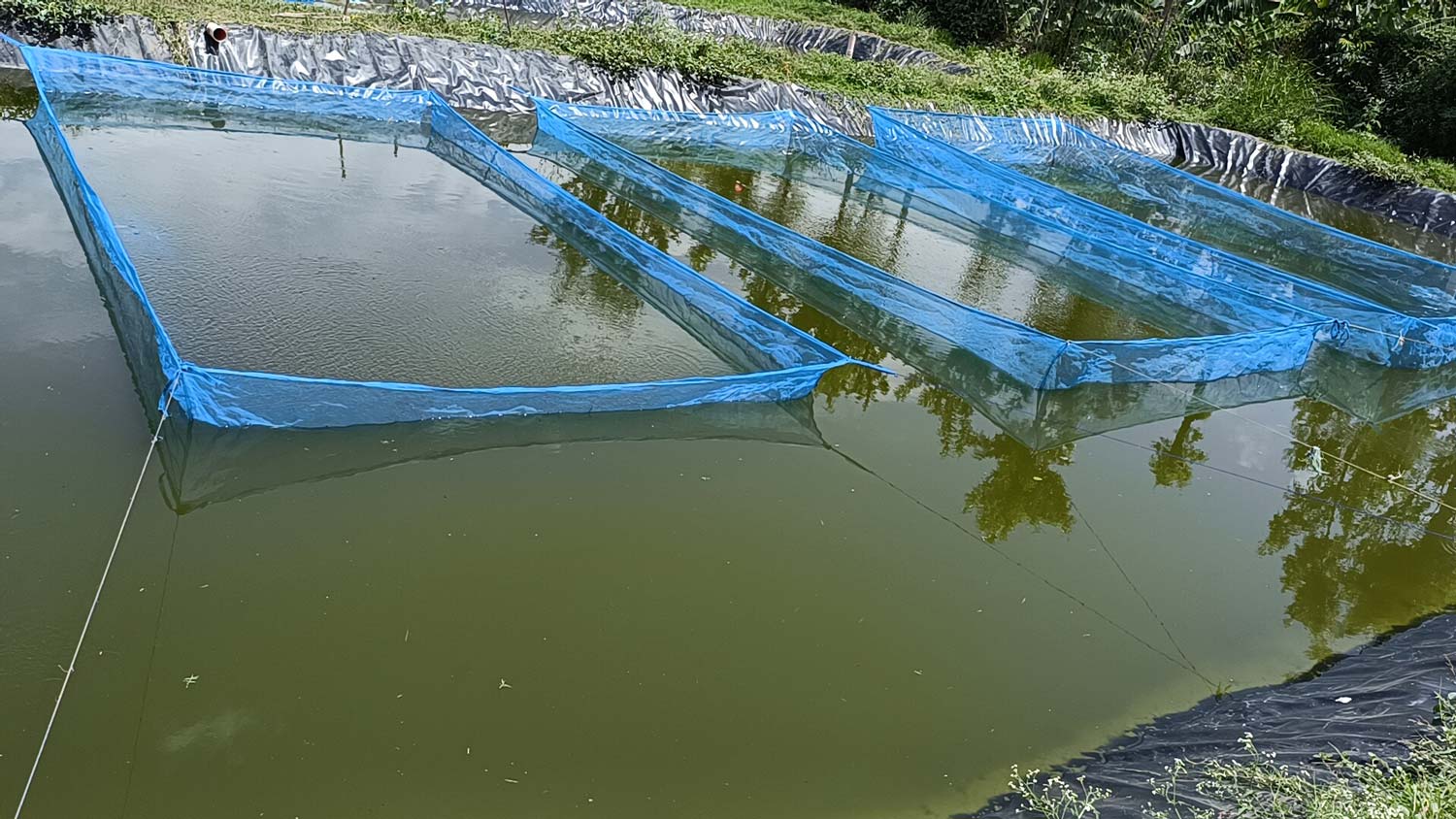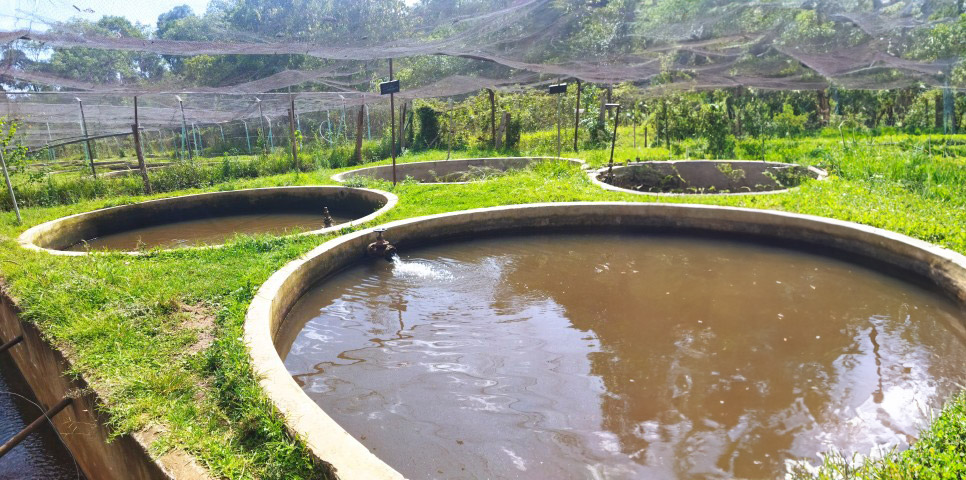Fishing dates back about 5,000 years ago, with archaeological discoveries showing that the Homo habilis and Home erectus were the first fishermen. However, aquaculture, which is the farming of aquatic animals and plants, only began about 4,000 years ago. Since then, aquaculture has greatly evolved with a lot of research, discoveries, and technological advancements that were unheard of in the prehistoric era.
But how did aquaculture come about, and how did we get to where we are today? Let’s delve into the history of aquaculture and how it has evolved over the years.
Aquaculture History
It is believed that aquaculture started in China around 4,000 years BCE. Around 460 BCE, Fan Li, a Chinese politician, wrote the first known aquaculture treatise—Classic of Fish Culture. Li shared insights on carp farming that he had gathered from his experience as a fish farmer. The carp, which is native to Europe and Asia, was among the oldest aquatic animals to be cultured and was reared in ponds, feeding on silkworm faeces and nymphs. For years, farmers focused on carp species thanks to their fast growth and ability to adapt to different types of feeds and water temperatures.
Around the same period, it is believed that Egyptians practised aquaculture, farming the Nile tilapia in ponds next to The Nile River. In Europe, the Romans reared oysters and sea fish in lagoons around 500 BCE. They constructed vivaria, structures resembling a swimming pool, where they kept the fish caught from the lagoons. However, vivaria were constructed in wealthy homes, and fish was thus a reserve for well-to-do families.
Evolution of Aquaculture
For many years, people largely ignored aquaculture until the 19th century when rapid industrialization spurred its growth. This period saw significant environmental damage and pollution, which required urgent action to save the struggling aquaculture industry. As some species began to decline, researchers focused on improving aquaculture practices, from pond construction to egg fertilization and transport. Industrialization also led to cheaper construction materials and a boom in hatcheries worldwide.
Since then, the industry has made major advancements in technology and regulation. One recent innovation involves sensors that monitor fish hunger, ensuring timely feeding. These sensors also track pollution, oxygen levels, water temperature, and pH to prevent diseases. With these cutting-edge technologies, aquaculture is set to become a major industry in the coming years.
Sustainable Aquaculture
Unlike in the past, when aquaculture was unregulated, we have policies and guidelines to ensure responsible activities. There are local and international regulating bodies that advocate for sustainable aquaculture practices all around the world. It has also come to a point where scientists and advocacy groups acknowledge and recognise that aquatic animals are sentient and deserve to be treated with respect and kindness.
Aquaculture is expected to be a major source of protein in the coming years, and this can only happen if we practice ethical and sustainable farming. Therefore, even as you seek to improve your economic well-being through aquaculture, it’s equally important to consider the environmental and social effects.
Sources
https://www.fao.org/3/ag158e/AG158E02.htm
https://aquahoy.com/aquaculture-definition-history-importance-classification/
http://www.chesapeakestem.org/assets/History_of_Aquaculture.pdf




